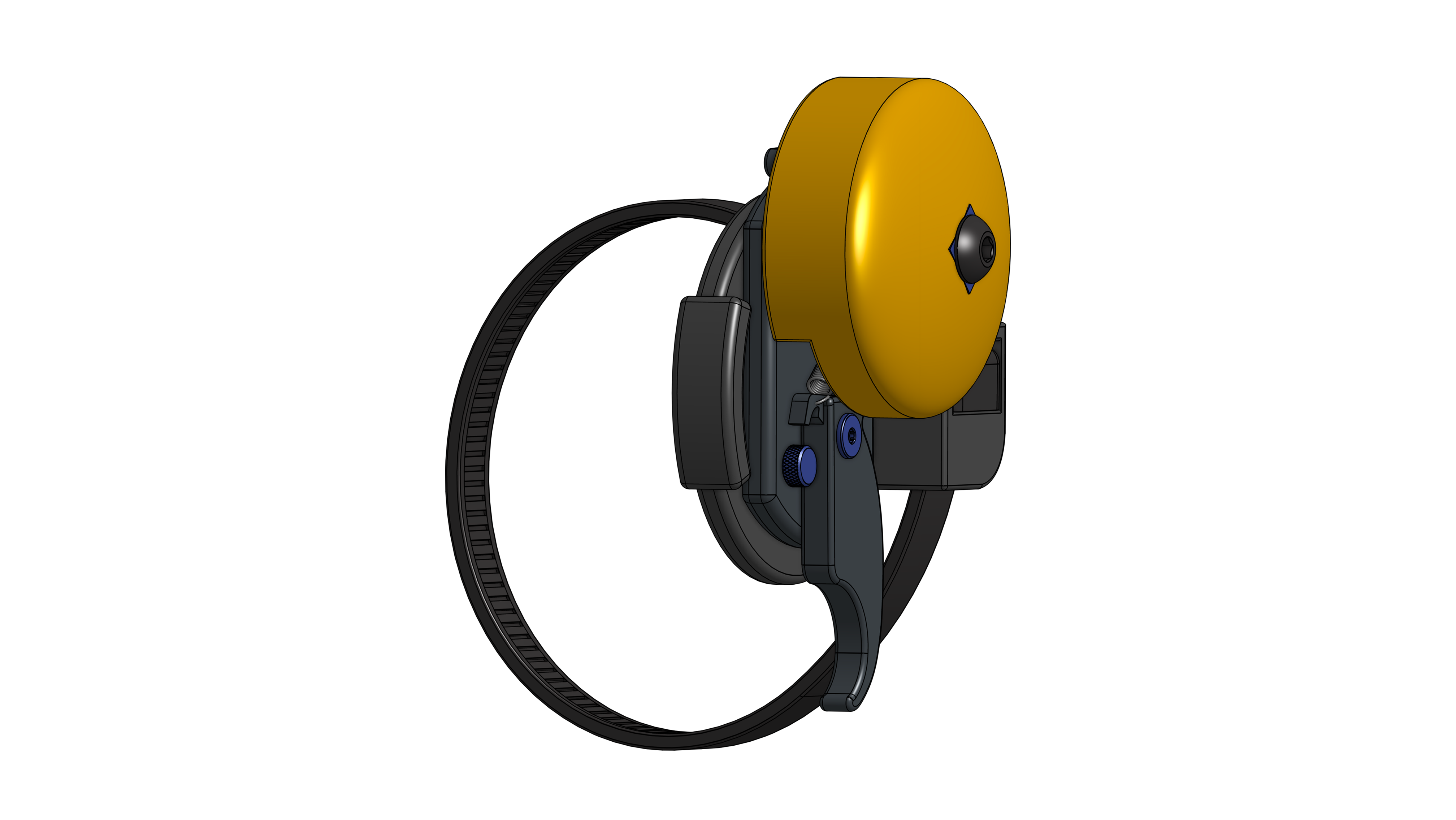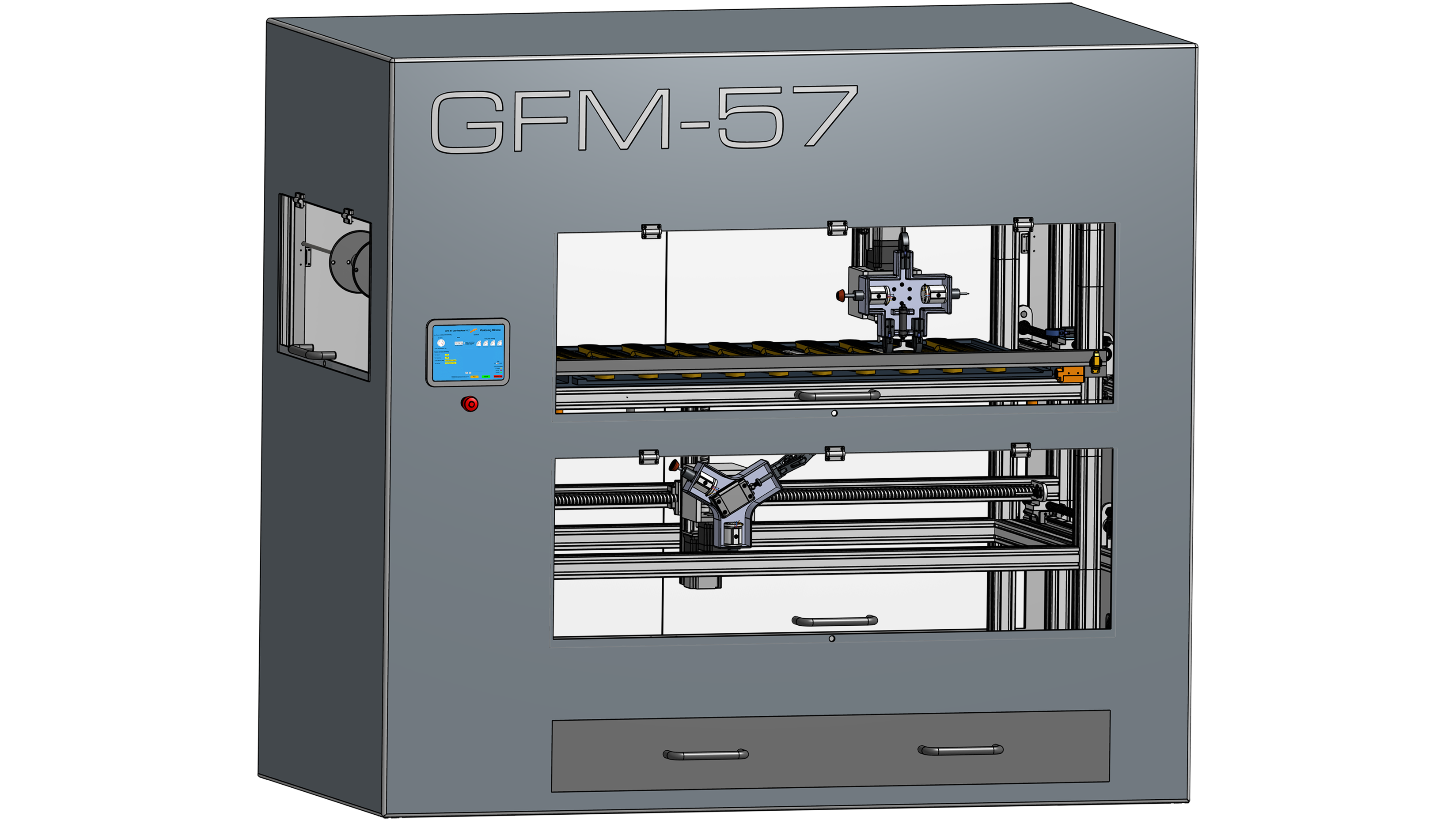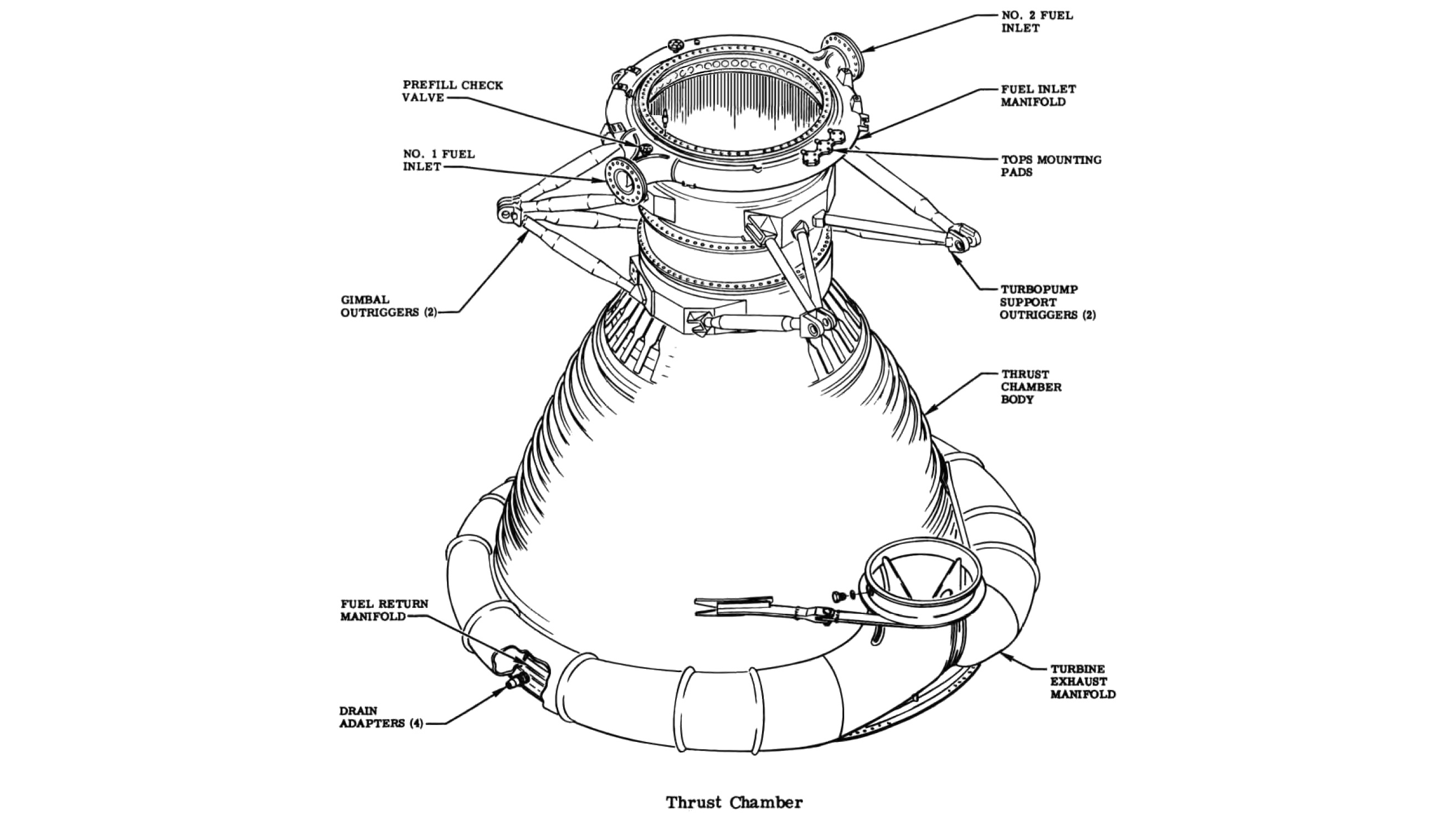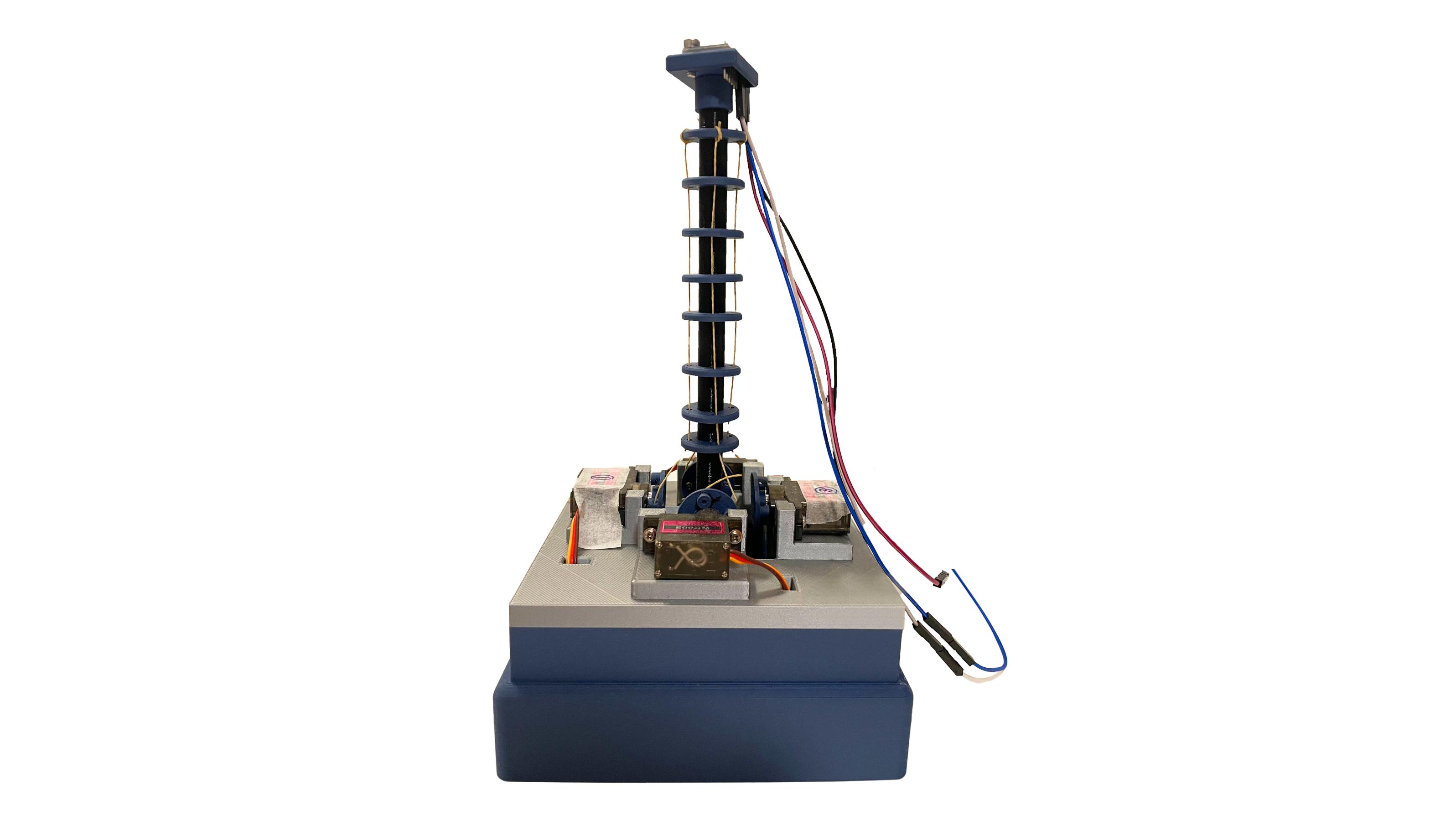Pump components prior to first dry assembly
Fully-assembled prototype
• CNC • 3-axis end mill
• Water jet cutter • Sand casting
• Injection molding • Shrink fitting
Footage of sand casting the bearing housings in aluminum
Machining of housing during an interrupted cut on the lathe
Footage of CNC milling of vane slots into rotor after turning on lathe
Post-processing of sand cast bearing housings with band saw
Milling of inlet & outlet holes prior to tapping and installation of threaded fittings to housing
CAD rendering of pump redesign
Exploded drawing view of full assembly
GD&T drawing of housing for machining post-casting
Infographic highlighting several design modifications made to housing
Simulated design specifications for pump redesign
Parting line drawing for housing casting
Summary table of design modifications and their justifications





